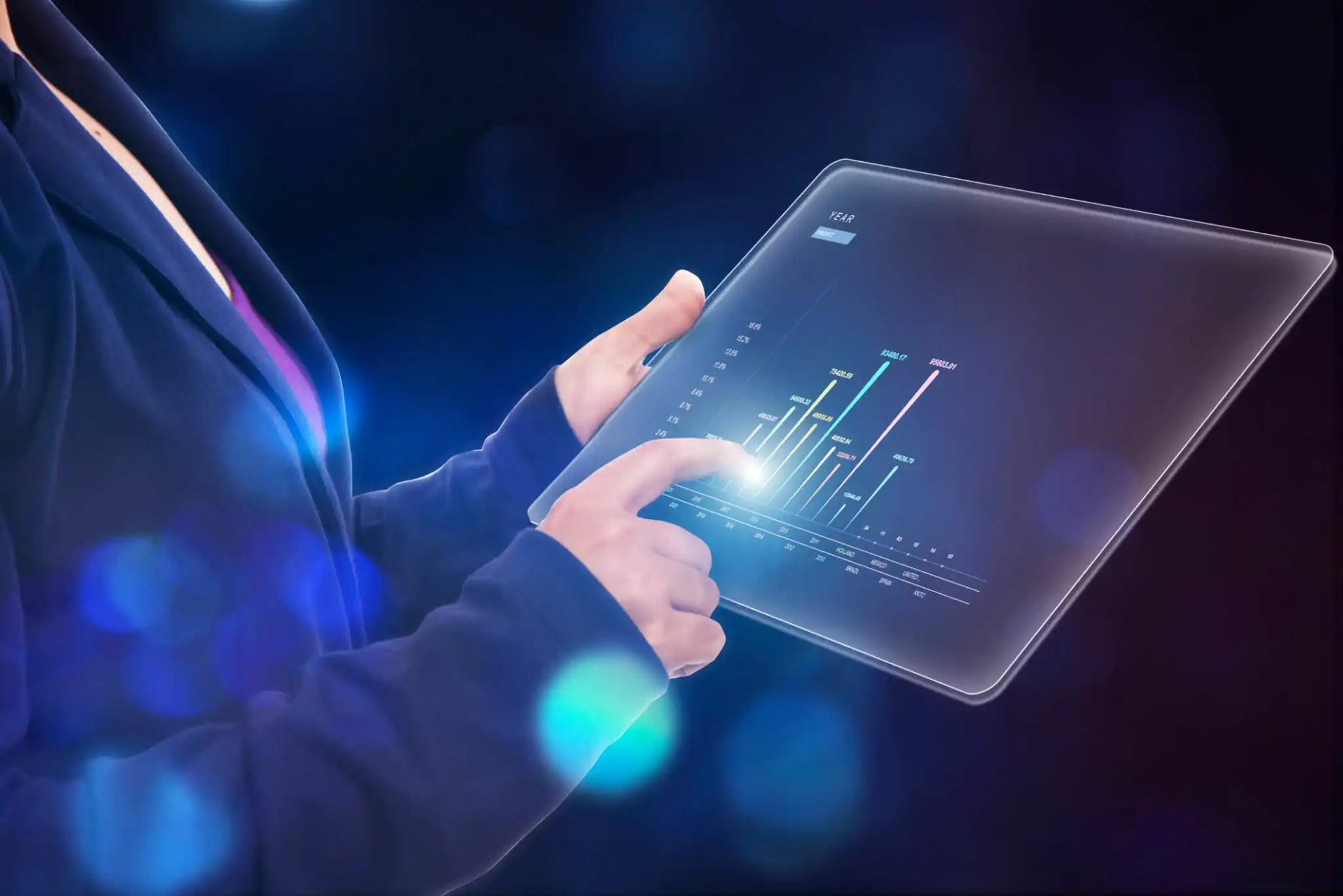Data visualization goal is to communicate information clearly and efficiently, making it easier to understand, analyze, and derive insights from the data.
Purpose: The primary purpose of data visualization is to convey complex information in a visual format that is easy to interpret. It helps to identify patterns, trends, and outliers in data, making it more accessible to a wider audience.
Types of Visualizations:
Charts and Graphs: Bar charts, line charts, pie charts, scatter plots, and other types of graphs are commonly used to represent different types of data.
Maps: Geographic data can be visualized using maps, helping to show spatial patterns and relationships.
Dashboards: Interactive dashboards combine various visualizations to provide a comprehensive view of multiple data points and metrics.
Infographics: Infographics use a combination of text and visuals to convey information in a concise and engaging manner.
Tools: Various tools and software are available for creating data visualizations. Some popular tools include Tableau, Microsoft Power BI, Excel, Python libraries like Matplotlib and Seaborn, and JavaScript libraries like D3.js.
Storytelling: Effective data visualization often involves storytelling. It’s about presenting data in a way that tells a narrative, making it more compelling and easier for the audience to understand the key messages.
Color and Design: Thoughtful use of color and design principles is crucial in data visualization. Colors can be used to highlight important points, and a clean design enhances readability.
Interactivity: Interactive visualizations allow users to explore and interact with the data. This can include zooming in on specific data points, filtering data, or drilling down into more detailed information.
Data Preprocessing: Before creating visualizations, it’s important to preprocess the data. This may involve cleaning, aggregating, and transforming the data to make it suitable for visualization.
Accessibility: Consider the needs of different users, including those with visual impairments. Ensure that visualizations are accessible and provide alternative means of understanding the data.
Audience Consideration: Tailor your visualizations to the audience. Executives may prefer high-level dashboards, while analysts may need more detailed and granular visualizations.
Real-Time Visualization: In some cases, data visualizations need to be dynamic and reflect real-time changes in the data. This is particularly relevant in areas like financial markets or live event monitoring.
Data visualization is a powerful tool for decision-making, communication, and analysis, and it plays a crucial role in fields such as business intelligence, data analysis, and scientific research.
Data visualization is a powerful tool for decision-making, communication, and analysis, and it plays a crucial role in fields such as business intelligence, data analysis, and scientific research.
